Are you planning a trip to Germany to learn more about your ancestors and their lives in Germany? This guide will show you how to plan your once-in-a-lifetime family heritage trip to Germany in 7 easy steps.
The 7 Steps for planning your ancestry-inspired trip to Germany
Family heritage trips to the country of your ancestors are among the greatest and most memorable travel experiences. Imagine seeing the same landscapes your ancestors saw, walking the same paths as they walked on or touching the centuries-old baptismal font that they once gathered at.
Besides, an ancestry trip is a great opportunity to tick off all those bucket list attractions you always wanted to see in Germany. For example, Neuschwanstein Castle in Bavaria or the Brandenburg Gate in Germany’s capital Berlin.
However, it can be difficult to get started with the planning process as the sheer number of things to consider might seem overwhelming. But don’t worry. We have got you covered. Here are 7 steps to plan your ancestry trip to Germany in manageable portions.
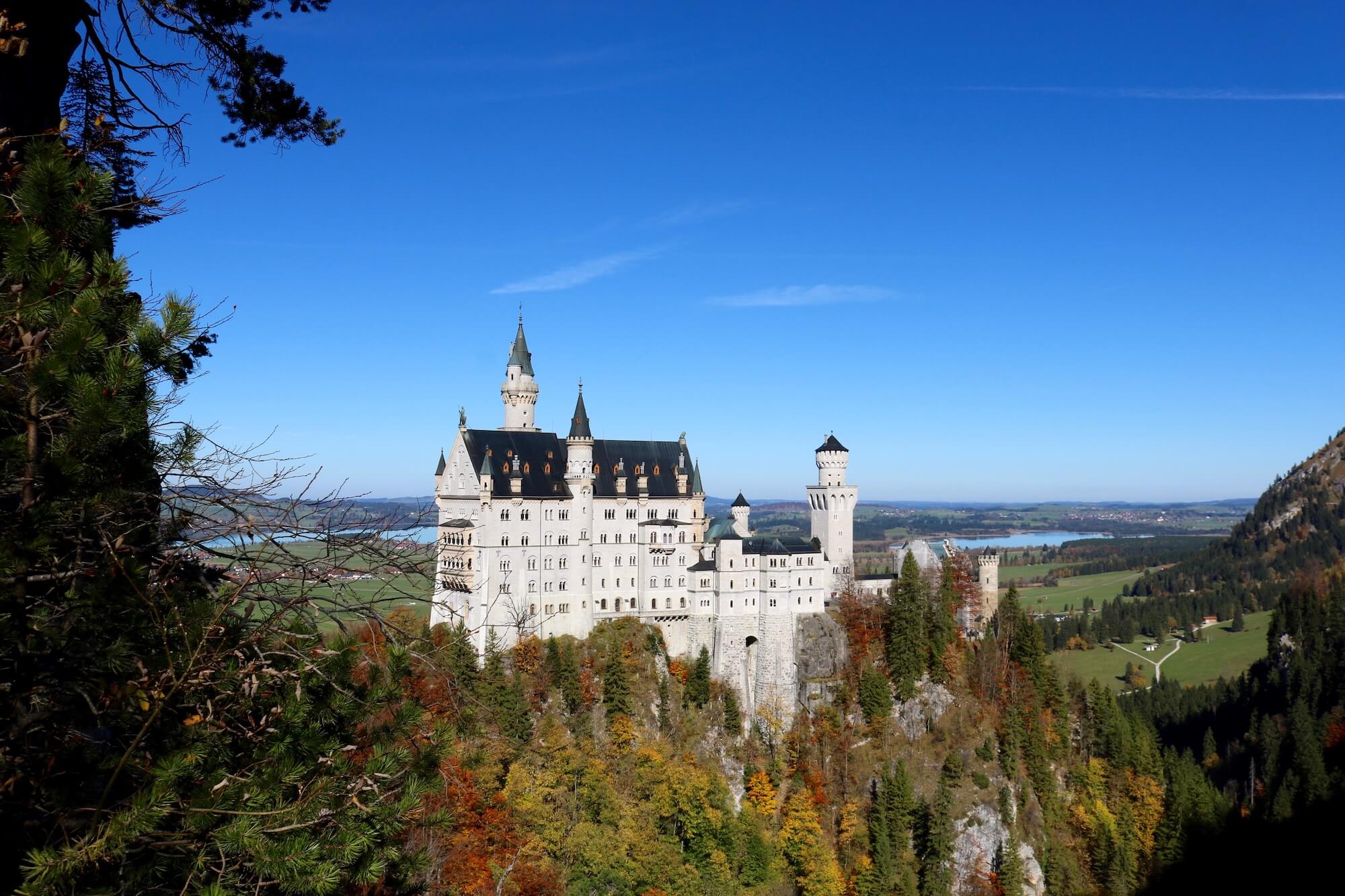
Step 1: Figure out why you want to go on this trip
The first and most important step is to think carefully about what you want to achieve from your ancestry trip to Germany before you start planning it. Do you simply want to be in the country your ancestors came from, visit your ancestral hometown(s) or carry out ancestry research in a historical archive?
A genealogy research trip requires a different planning approach than a more general Germany vacation. Thus, it is important to know what you want to get out of your ancestry-inspired trip to Germany. Or in other words: what your goals are.
Furthermore, most of us only have limited time available for a trip to Germany. If you like to visit other cities and countries in Europe as well, for example Paris in France, you will be even more squeezed for time.
Thus, it’s crucial to make a travel plan of exactly what you want to see and do when you are on your heritage trip. This way, you will avoid disappointments and make the most of your limited time.
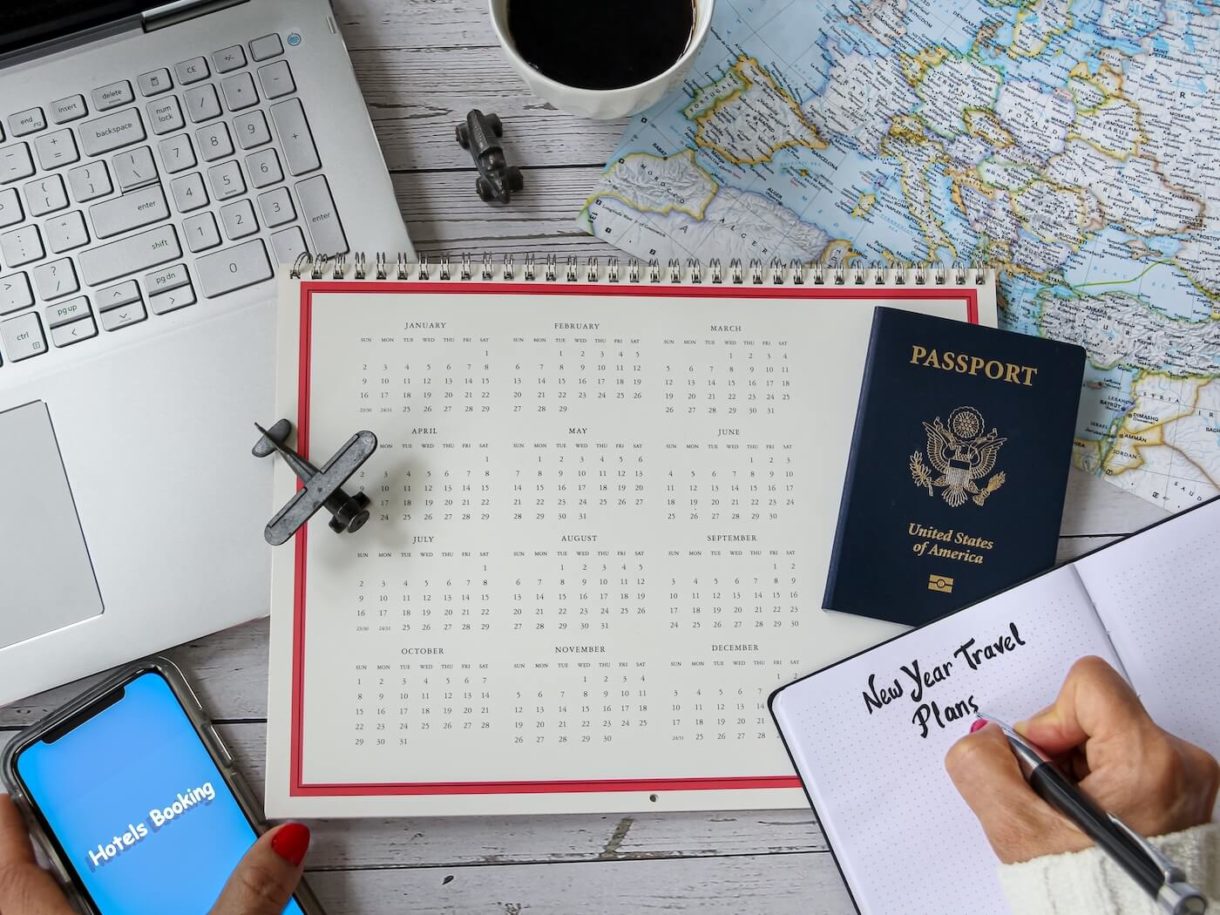
Step 2: Find out what there is to see and do
Now that you have decided on your goals, it’s time to research your travel options and come up with a more detailed plan. You will also have to decide when you would like to travel to Germany. If you are wondering what the weather in Germany will be like in the month you are planning to come, check out my blog post about the best time to visit Germany.
Another consideration you need to make ahead of time is whether you want to travel individually, book a guided group tour or plan a combination of both. Guided group tours, such as our 3-day emigration-themed northern Germany tour, have the advantage that a lot of things are already planned for you.
These typically include accommodation, transport and meals. You will also have a dedicated tour leader who takes care of all the organization. This means that you can just sit back, relax and enjoy the experience.
The downside of a guided group tour is that you are less flexible than you would be when traveling individually. To get the best of both worlds, you can book a guided group tour for one part of your Germany vacation and travel individually during the rest of the time.
When you go to your ancestral German hometowns, for example, you will most likely travel individually anyway because these towns are often very small and thus not typical “tourist destinations”.
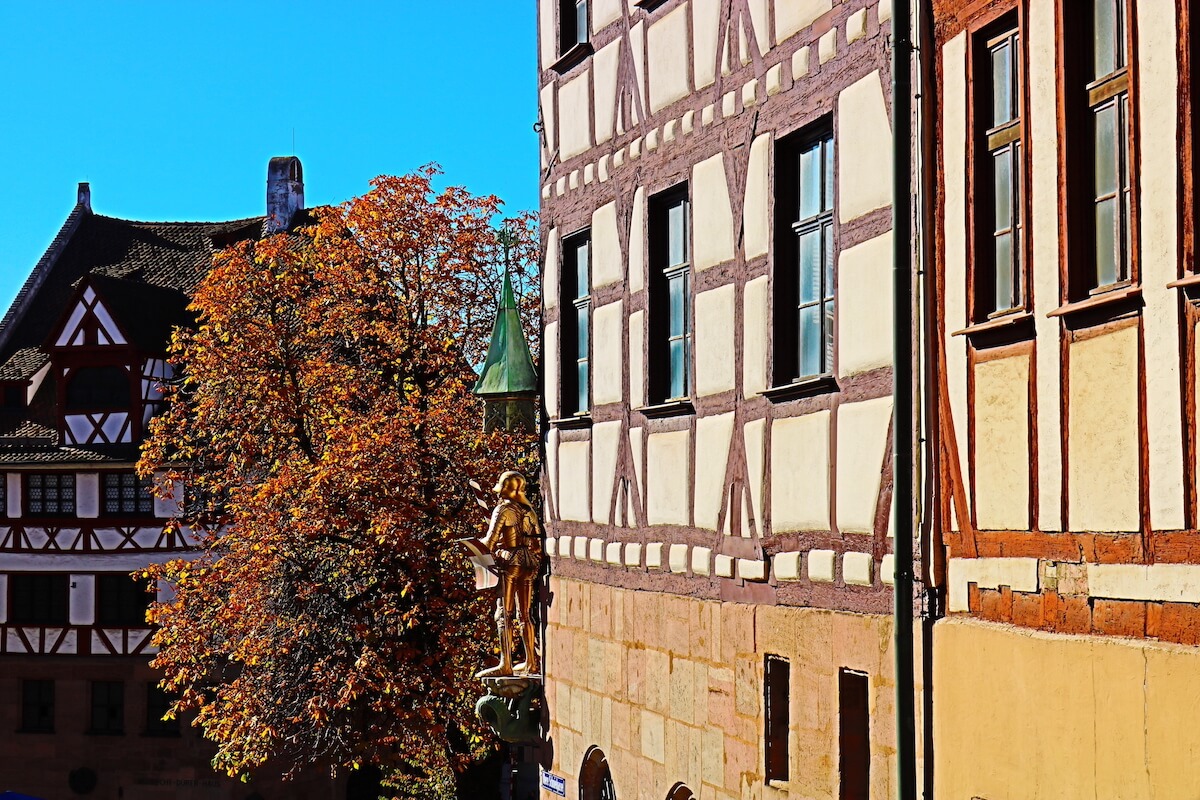
Step 3: Do (most of) your ancestry research at home
These days, a lot of ancestry research can be done online. Take advantage of that and do most of your research at home. You should also contact anyone who could help you learn more about your ancestors, such as local guides, a professional genealogist or living relatives, prior to your trip.
This way, they have some time to prepare and research. In turn, that will provide you with a better experience for when you are in Germany.

Step 4: Learn more about the history and culture of Germany
You may also consider learning more about the wider history and culture of your ancestors’ homeland. You can do so by reading books and travel guides about Germany. Even watching documentaries, films and TV shows that are set in specific time periods, can help a great deal for extending the knowledge about your German ancestors.
Another fun way to learn about German history is to take online history classes. For instance, my upcoming online course about planning an ancestry-inspired trip to Germany features a whole module about German history and culture.
This module focuses on the social history of the ordinary people in Germany and thus gives you a good understanding of how your German ancestors actually lived back in the day.
If you have “done your homework” and learnt about your German ancestors’ history and culture, you will understand your ancestors and the time periods they lived in much better. And this again will make any ancestry-inspired experiences and activities in Germany much more enjoyable and memorable.
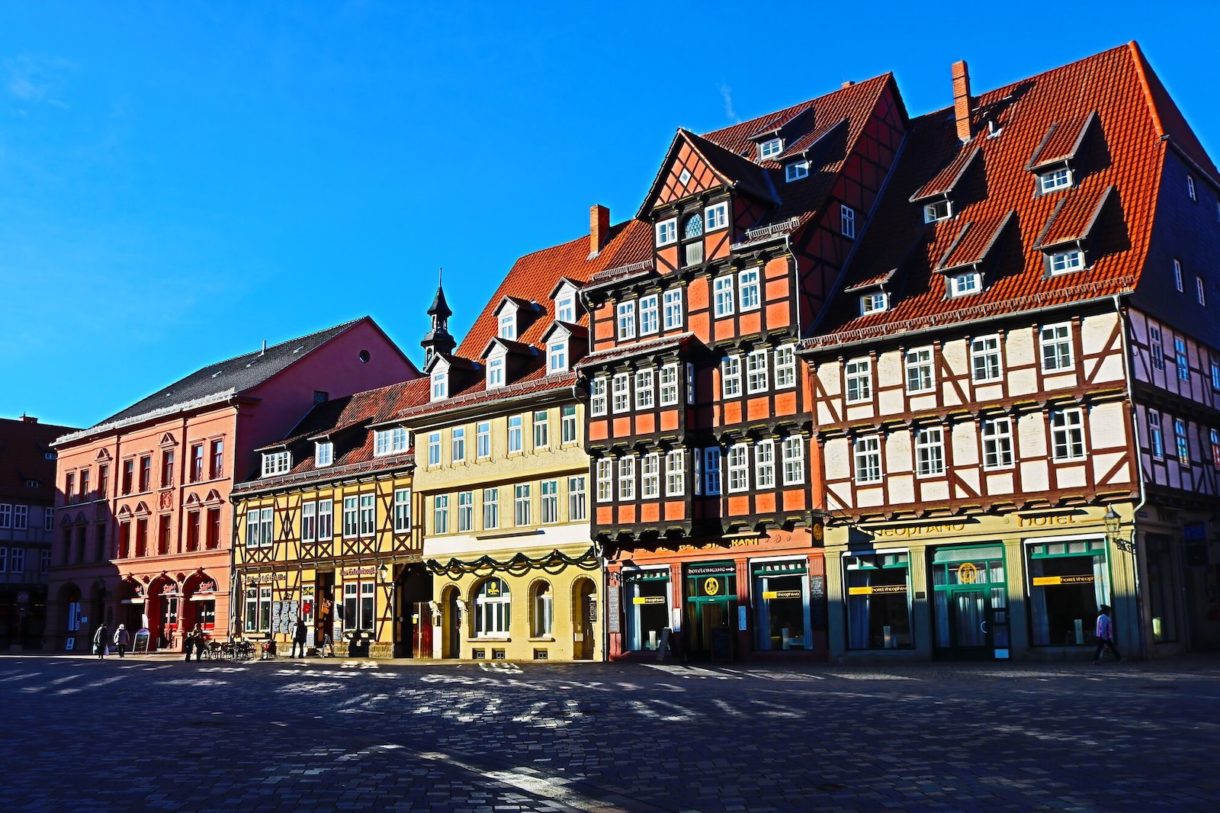
Step 5: Research your travel options in more detail
By learning more about your German ancestors and German history in general, you will have naturally come up with ideas for the places that you would want to visit on your ancestry-inspired trip to Germany.
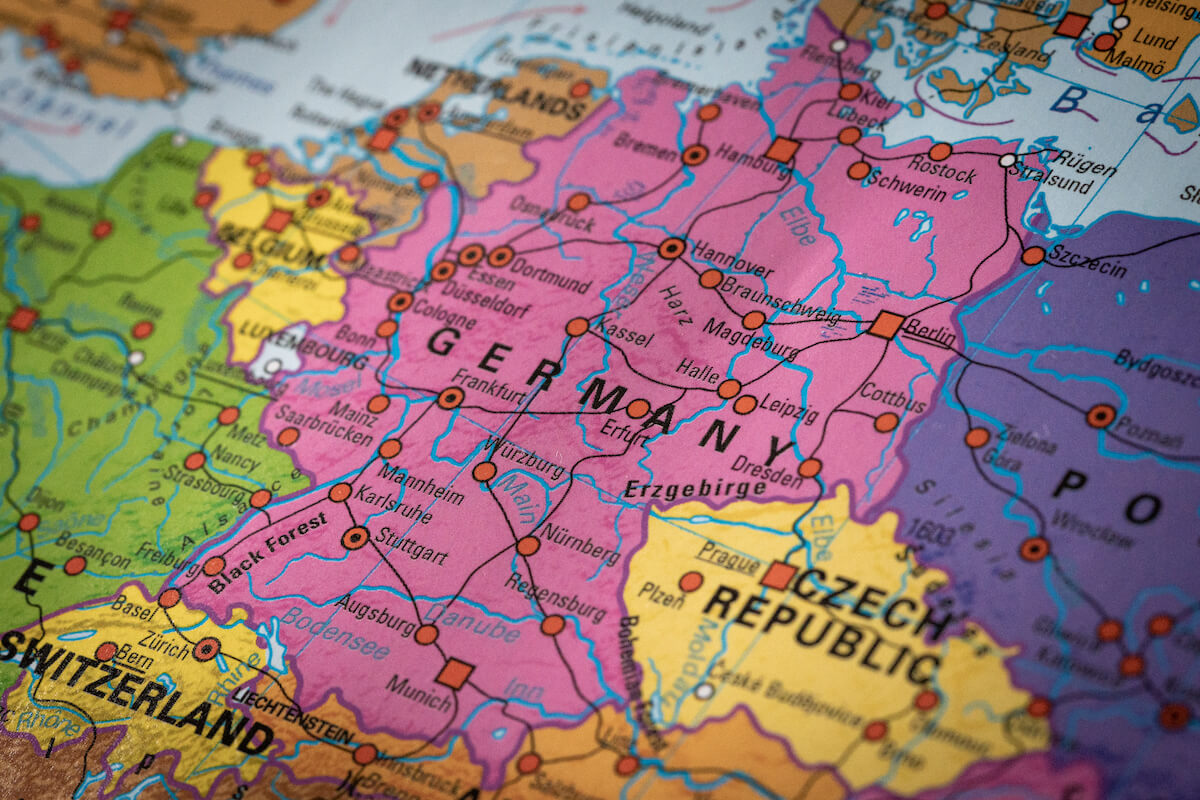
Ancestral places to visit include your ancestors’ former hometowns or regions, but also the houses/farms they used to live in or the churches they worshipped in.
You might also like to visit graveyards. But do not put much hope in finding old graves here. Due to a lack of space in Germany, graves are “recycled” and newly attributed after several decades. So you usually won’t find very old graves in Germany.
Sometimes there are war memorials with all those that have fallen engraved on large plaques. You may find some relatives there, which is usually indicated by a shared surname.
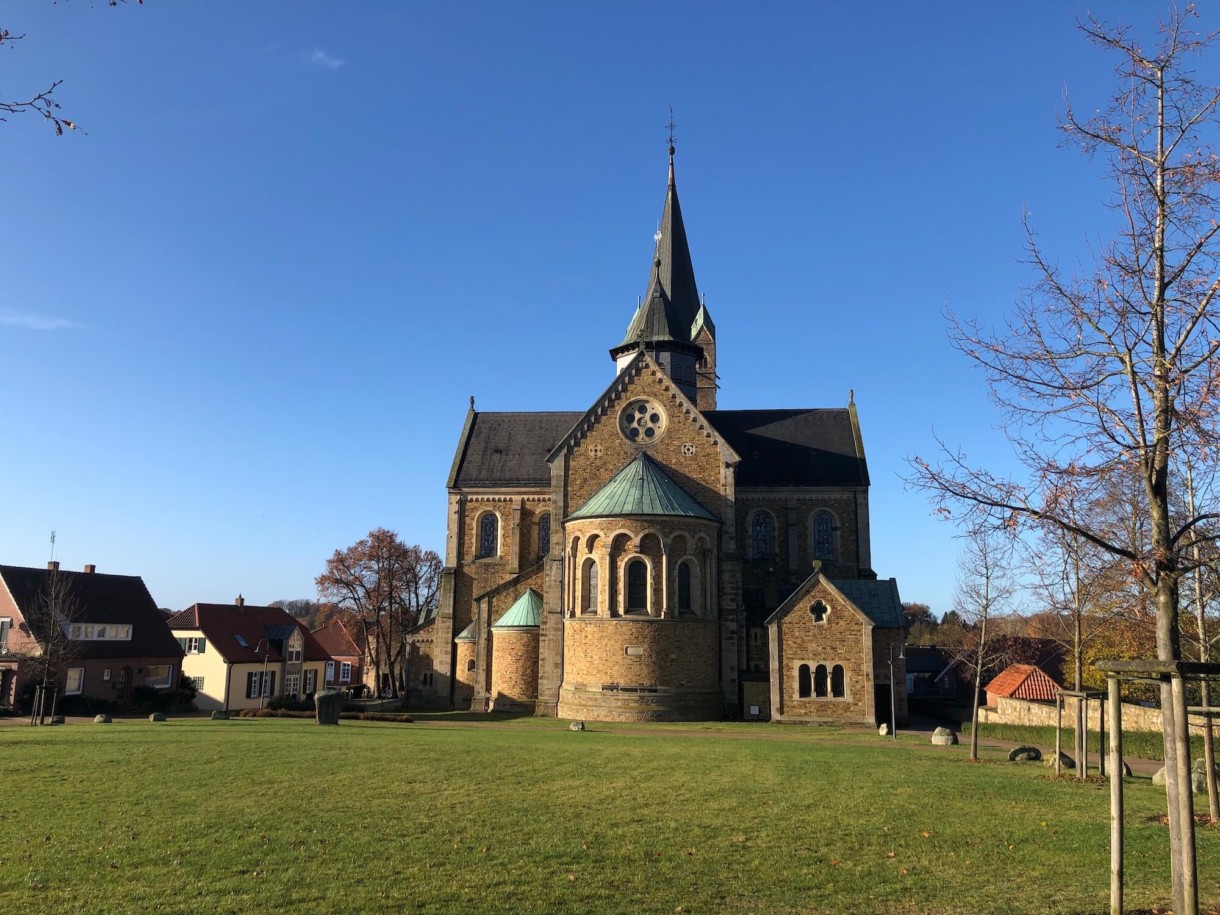
It is also important to note that the borders of Germany have changed over time, especially after World War 2. For example, many regions in the East were formerly a part of Germany, but now belong to Poland.
Aside from the places connected to your specific ancestors, there are places to learn more about the daily life of your German ancestors in a specific region.
Open air-museums in different regions all over Germany are great to “travel back in time” and get a sense of how people lived here in former times. An example of this is the “Museumsdorf Cloppenburg” (open-air museum Cloppenburg) in Lower Saxony.
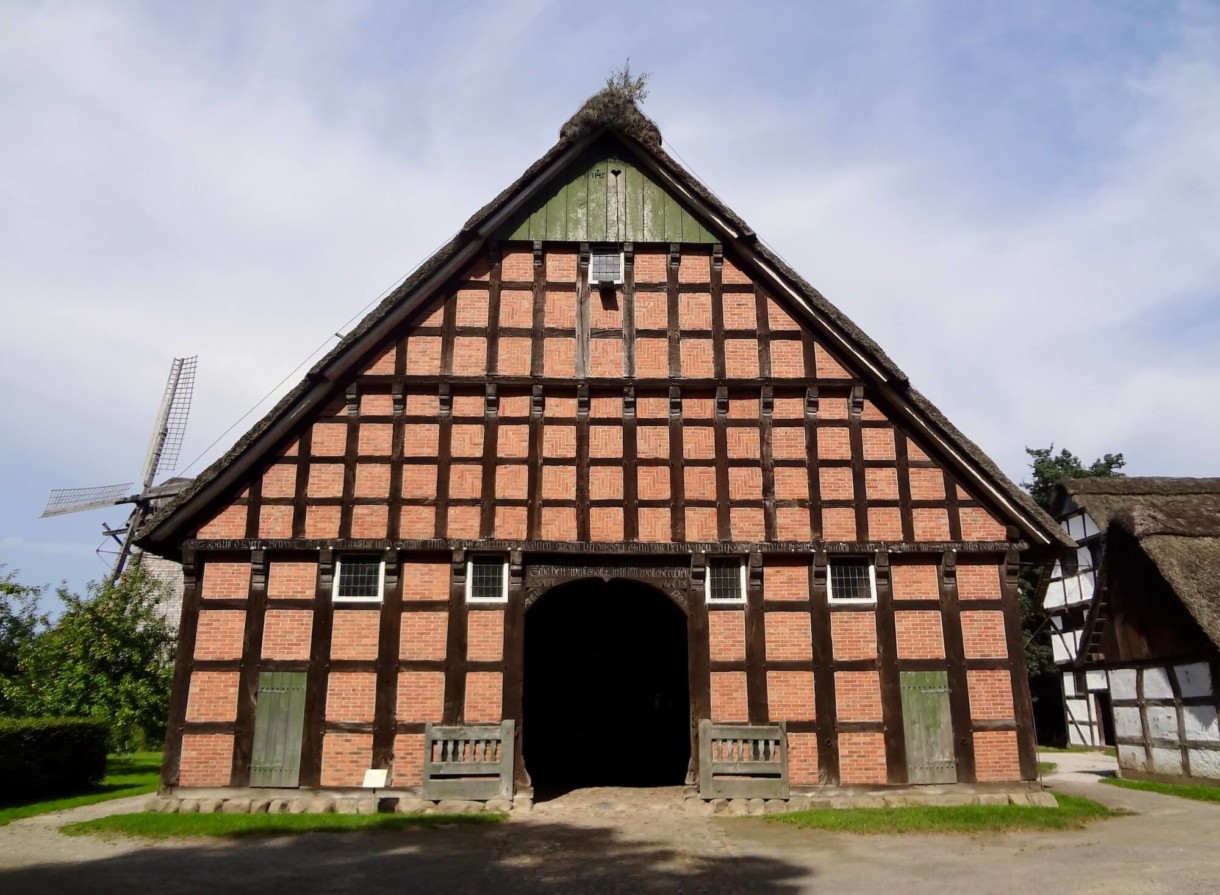
You can also visit the emigration museums “German Emigration Center” in Bremerhaven and the “Emigration Museum Ballinstadt” in Hamburg.
Most emigrants from Germany left from either one of these harbors. Head there for a fun, interactive journey to re-live your ancestors’ emigration experience.
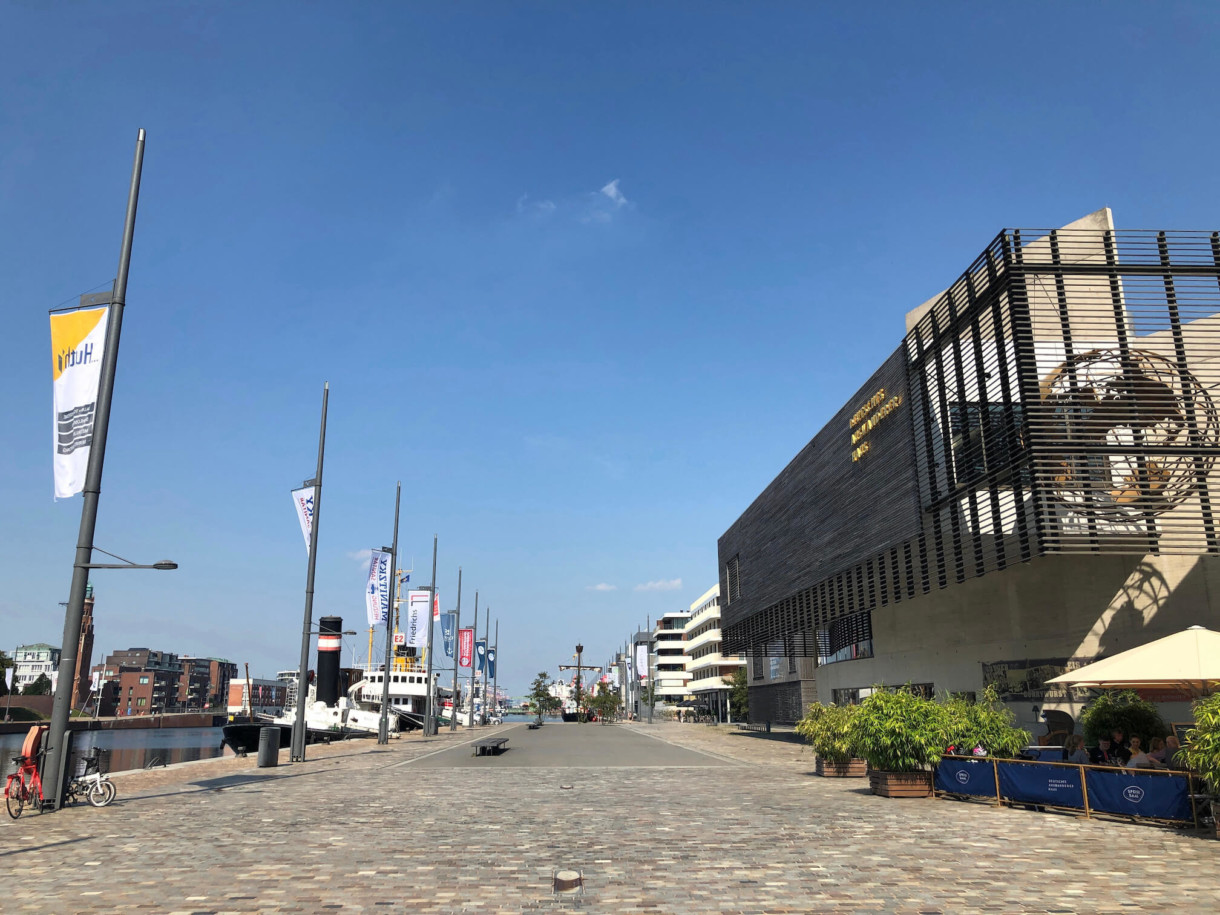
Step 6: Finalize your itinerary and make bookings
After you have done your initial research, plan out each day that you will be traveling in Germany. I like to do this by printing out a free calendar template in WORD, for example from the calendar website calendarpedia.
If you want to visit local archives or libraries to access German ancestry records on site, contact these organizations beforehand via email. Check what their opening times are and whether you need an appointment and permits.
Then it’s time to book your flights, accommodation, transport (rental car, trains, busses or guided tours) and (sightseeing) activities.
As mentioned previously, you might also like to book a guided tour with a local guide or a multi-day group tour for part of your time in Germany.
In the city of Bremen in northern Germany, you can join our 2-hour emigration-themed walking tour or our 3-day emigration-themed guided group tour. On this tour, a personal tour guide with travel with you to several places in northern Germany that are connected to your German ancestors and their emigration experience.
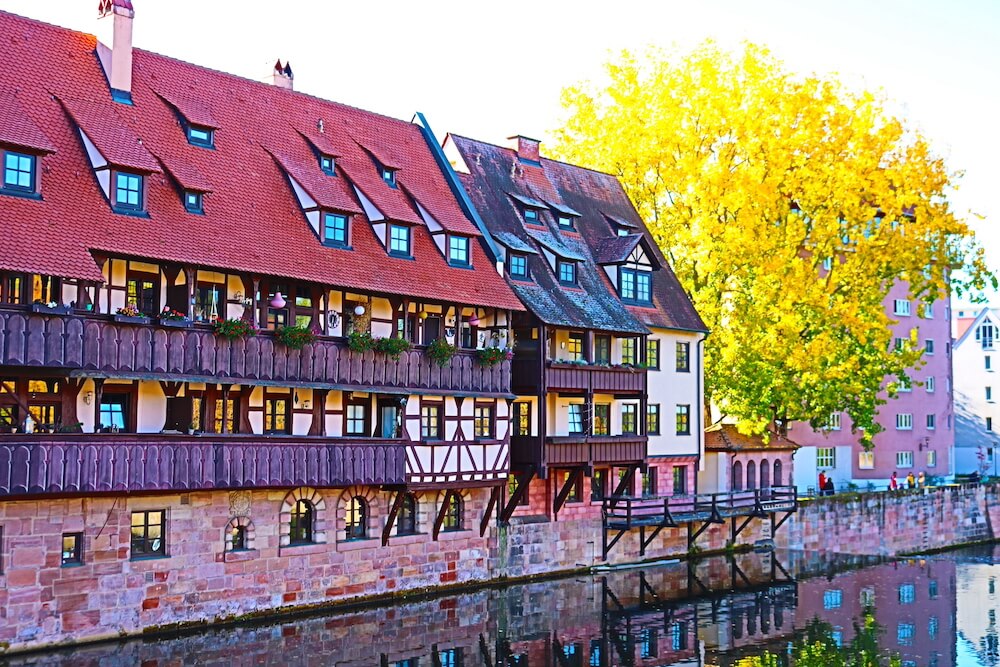
A guide in your ancestral German hometown(s) can help you find ancestral places, show you around your ancestral hometowns and at times even connect you to living relatives. Local heritage guides are often volunteers with an interest in local history and/or ancestry research.
They can be found by contacting the local historical or heritage society of a town or region (often called “Heimatverein”). If you do not find these online, try contacting the town hall / mayor’s office or the local tourist information via email.
A professional genealogist will do in-depth genealogical research for you, so you have to pay for their services.
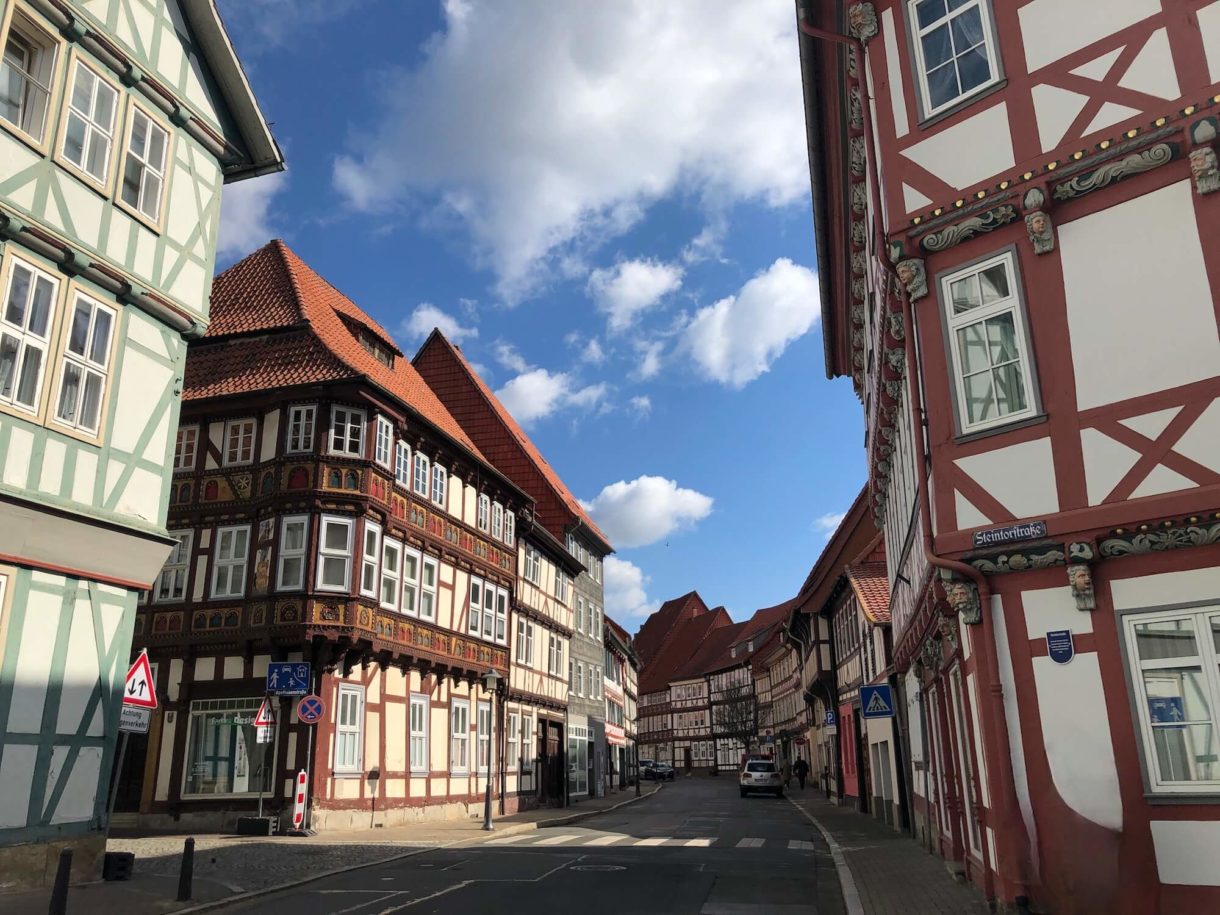
Step 7: Pack your bags and create new memories!
A few weeks prior to your departure date, start thinking about what to pack for your heritage trip to Germany. My tip is to first write a list of everything you need to pack. Try to pack as light as possible. Dragging a heavy bag everywhere you go on your ancestry trip is definitely not fun.
Now that all your essential planning is done, you can count down the days until your German ancestry adventure begins. I like to write down the number of days left before my trip and cross them off each day.
You will see that the days just fly by and it will increase your excitement. In German, there is a saying called “Vorfreude ist die schönste Freude”, which means “Looking forward to something is the best kind of joy”.
This is certainly a much nicer feeling than “stressing out” because you have to plan your trip at the last minute. Knowing that you planned ahead will give you peace of mind. So that when you are in Germany, you can actually enjoy your Germany ancestry vacation to the fullest.

Your trip is coming up soon? Consider our planning shortcut:
Ancestral Germany Hometown Package
Have you ever dreamed of traveling to your German ancestors’ hometowns and walk the same paths as they once did? But you don’t find the time to plan it? Let us plan your ancestral hometown itinerary together in a 1:1 travel consultation with ancestry-inspired tour guide Sonja Irani.
Unless otherwise credited, all photos by © Sonja Irani | MyAncestorsJourney.com


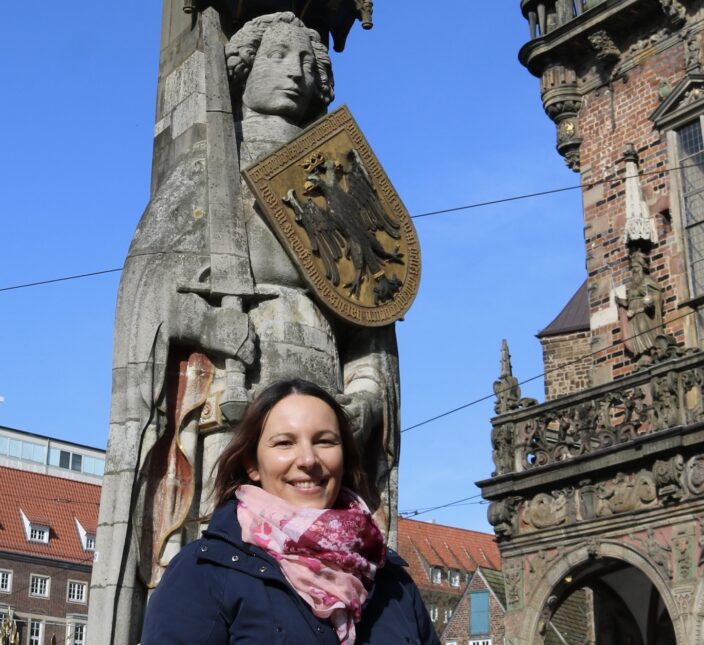
WE are planning a trip in April. I would like to find house #1 and #5 in Reichlesdorf. We are also looking for house #33 in Durrnbuch. I have several church records with those house numbers. I also believe that some distant relative are in the area. I was told Roschlein is not a common name. What are your rates to see if these houses are still standing? Also, what is the cost for a day or two private tour to these houses?
Hi Nicole!
Thanks for reaching out. I had a look on Google Maps and saw that Reichlesdorf and Durrnbuch are two small towns near Nürnberg (Nuremberg). My Ancestral German Hometown Package might be interesting for you. It’s a travel advisor consultation in two Zoom Calls and afterwards I will create a custom itinerary for your trip to your hometown region. The rate for that is $289. I can also book accommodation, transportation, and activities for you in your hometown area and in Bremen if you like (where I work as a tour guide for emigration themed tours and many ancestors emigrated from here). This would depend on what you want to include or not to include in your private tour package. I am not a genealogist myself, so I cannot help you with any genealogy research to find these houses. However, I can establish contacts to ancestry researchers / hobby genealogists / historical societies in your hometown regions. So you can get in touch with them and arrange sightseeing tours in your ancestral hometowns directly with them. You can have a look at my Hometown Package here and book the package directly or contact me via email if you think this could be of interest to you: https://myancestorsjourney.com/tours/ancestral-germany-hometown-tour-package/